2019: Trailblazing Canadian Women
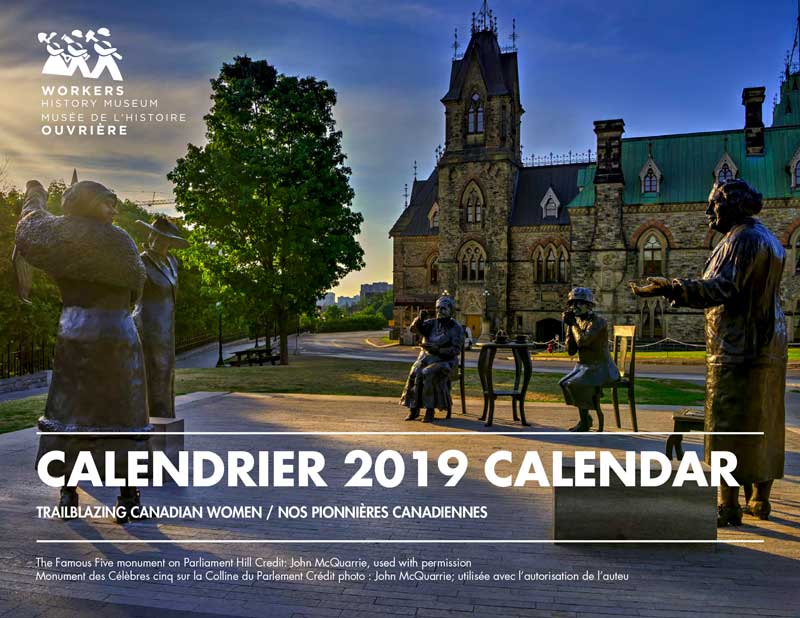
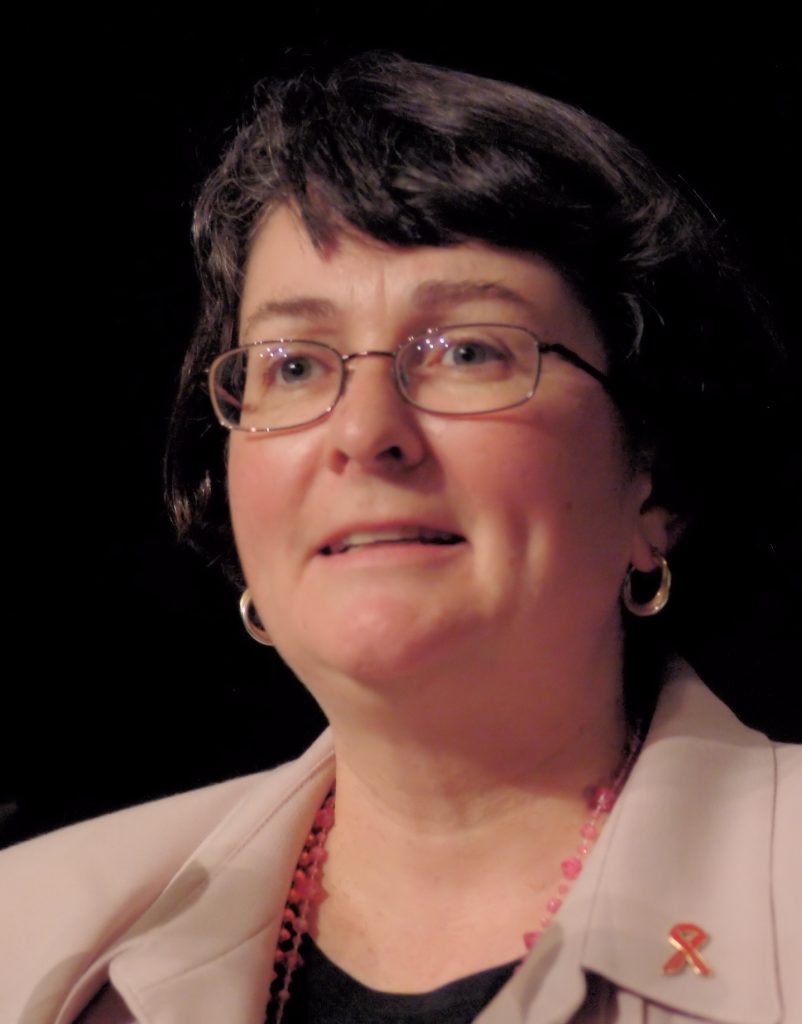
Leah Casselman Morewood, Ontario
In 1995, Casselman was the first woman president of the Ontario Public Service Employees Union (OPSEU), a position she held until 2007. In 1996, she led the union in the first strike with 60,000 members over contracting out issues.
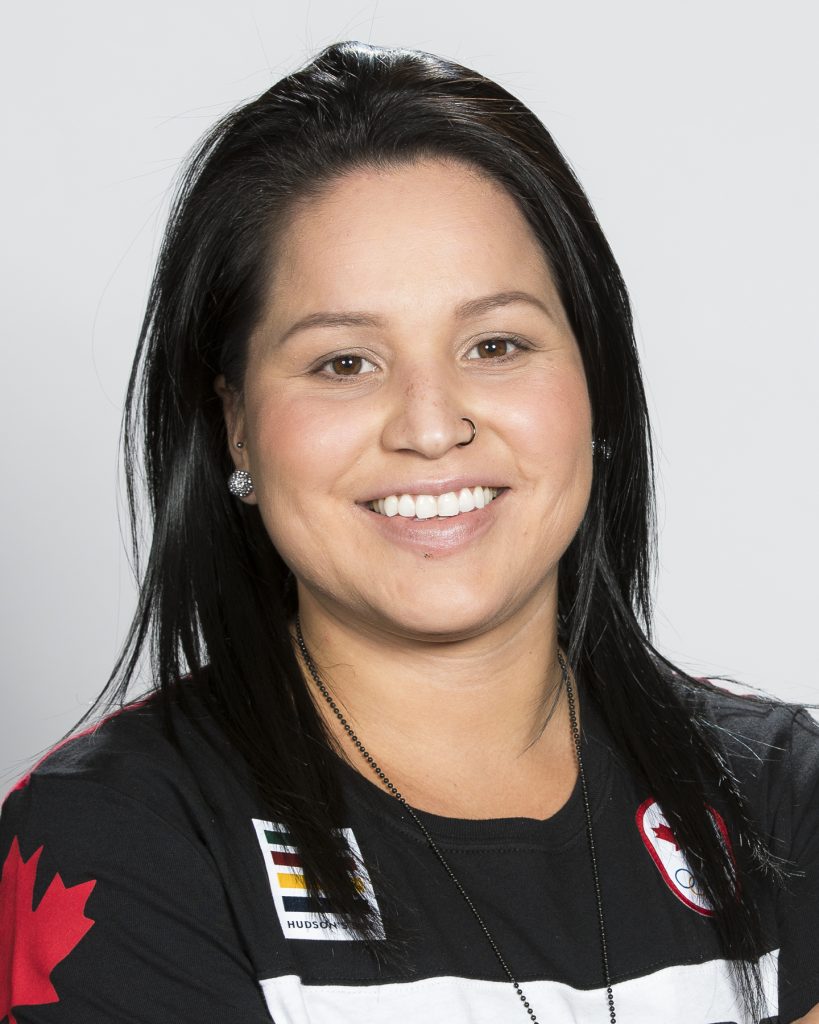
Brigette Lacquette (1992 – ) Dauphin, Manitoba
Lacquette is the first First Nations woman on Canada’s Olympic hockey team. She first played with the National Women’s Team at the 2013 Four Nations Cup, helping Canada win the gold medal. She made her Olympic debut at PyeongChang 2018.
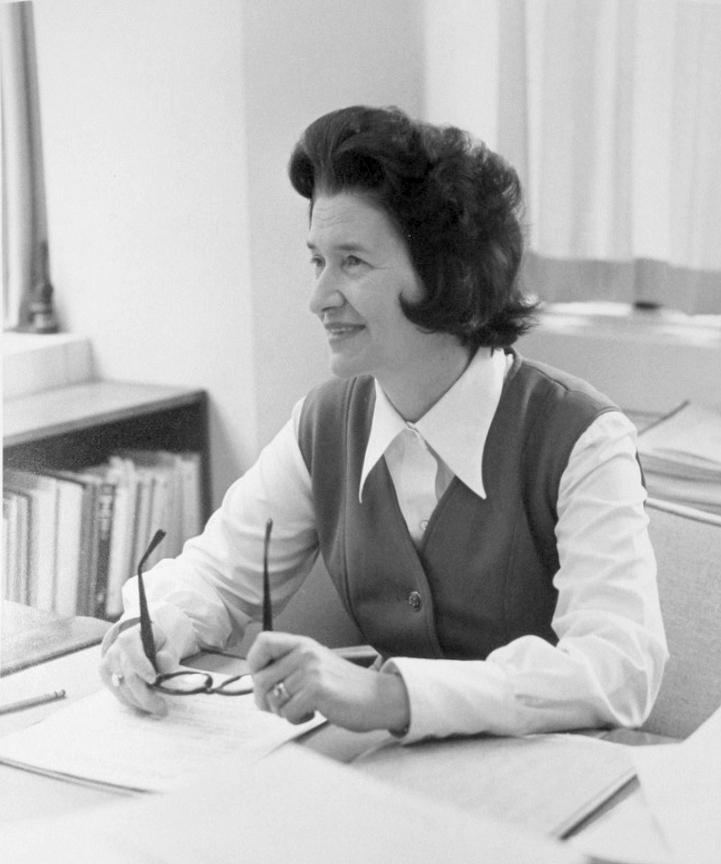
Bertha Wilson (1923 – 2007) Kirkcaldy, United Kingdom
Wilson was the first woman justice of the Supreme Court of Canada and had a strong influence on the application of the Canadian Charter of Rights and Freedoms. She is remembered for concurring in the Supreme Court decision overturning Criminal Code of Canada restrictions on abortion in 1988.
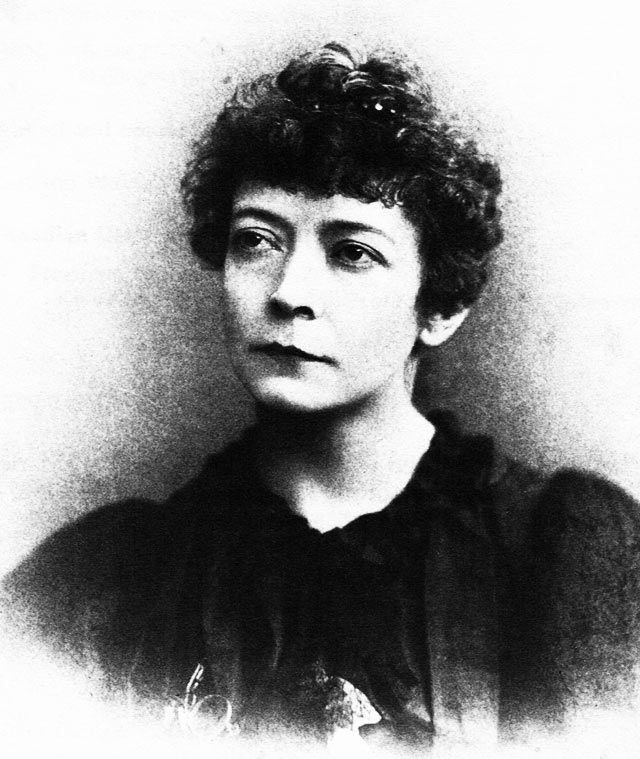
Kathleen (Kit) Blake Coleman (1856 – 1915) Ireland
The world’s first accredited female war correspondent, Coleman covered the Spanish–American War, and was the first president of the Canadian Women’s Press Club.
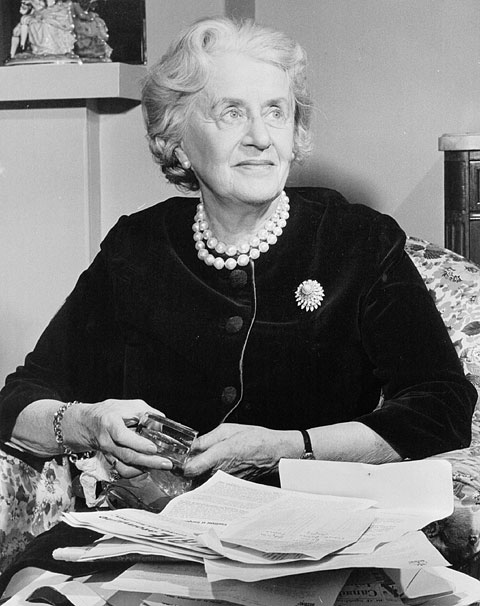
Thérèse Casgrain (1896 – 1981) Montreal, Quebec
From 1928 – 1942 Casgrain led the League for Women’s Rights and became the first Canadian woman to lead a provincial political party in 1951. In 1979, to commemorate the Persons Case, Casgrain received one of the first Governor General’s Awards.
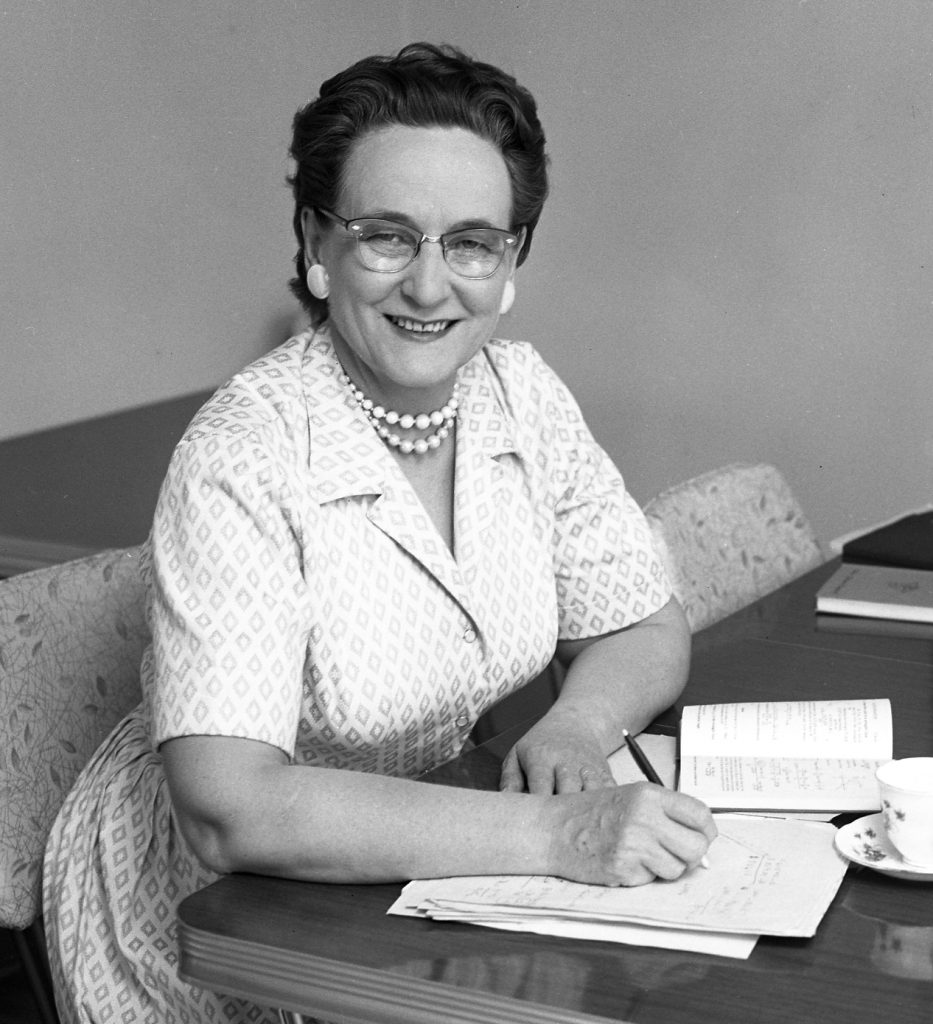
Gladys Grace May Strum (1906 – 2005) Saskatchewan
Raised in rural Saskatchewan, Strum was the first female president of the Co-operative Commonwealth Federation (C.C.F) and was elected as the party’s first female Member of Parliament in 1945. She was later elected to the Saskatchewan provincial parliament.
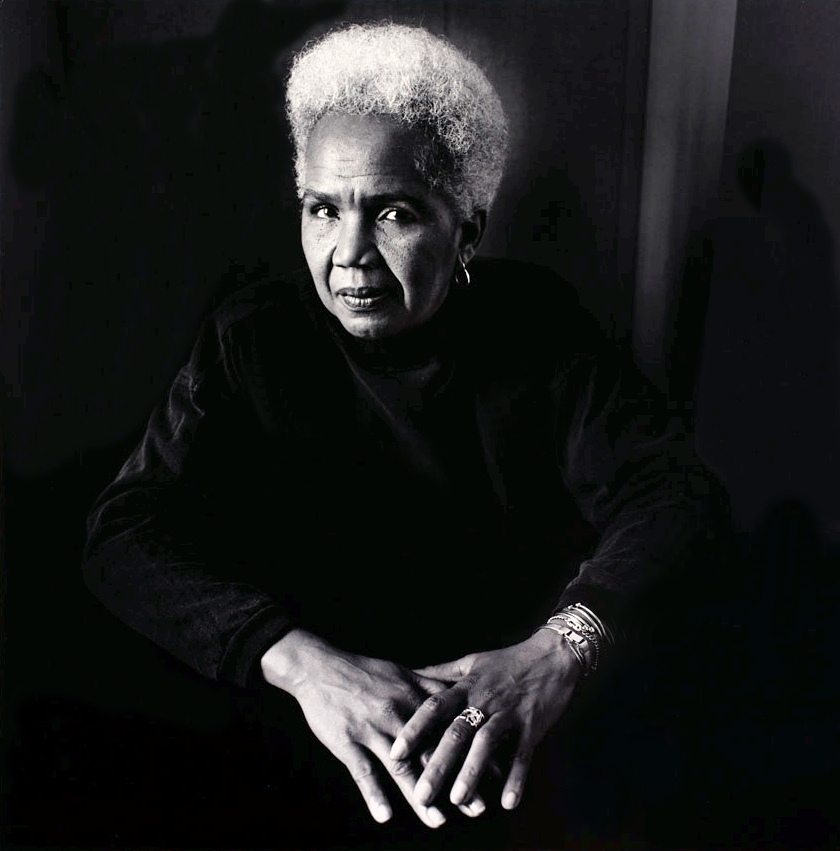
Rosemary Brown (1930 – 2003) Jamaica
Committed to justice for all, Brown was the first Black woman elected to the British Columbia legislature in 1972. In 1975, she was the first woman to run for the head of a Canadian political party, coming second to Ed Broadbent.
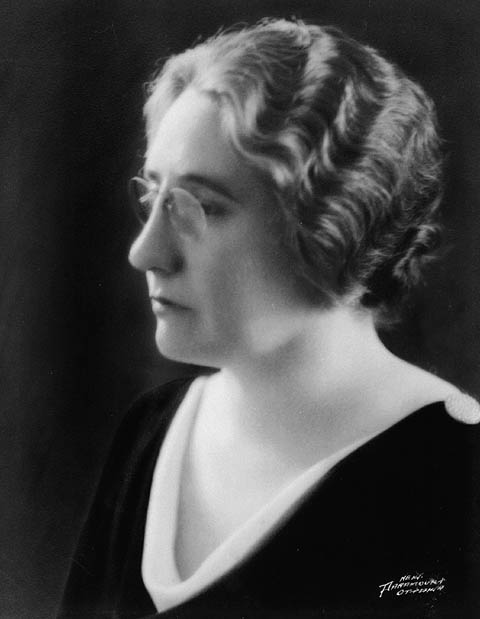
Agnes Campbell Macphail (1890 – 1954) Ontario
In 1921, the first federal election in which Canadian women could vote, Macphail was the first and only woman elected to parliament. She founded the Elizabeth Fry Society of Canada, which even today provides support to women in need.
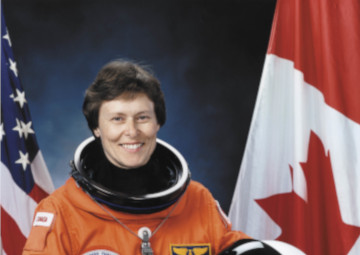
Roberta Bondar (1945 – ) Sault Ste. Marie, Ontario
Bondar, a neurology researcher, was one of six Canadian astronauts selected in 1984 to train at NASA. In 1992, she became the first Canadian woman and the second Canadian astronaut to go into space. In 2009, she created a not-for-profit foundation centred on environmental awareness.
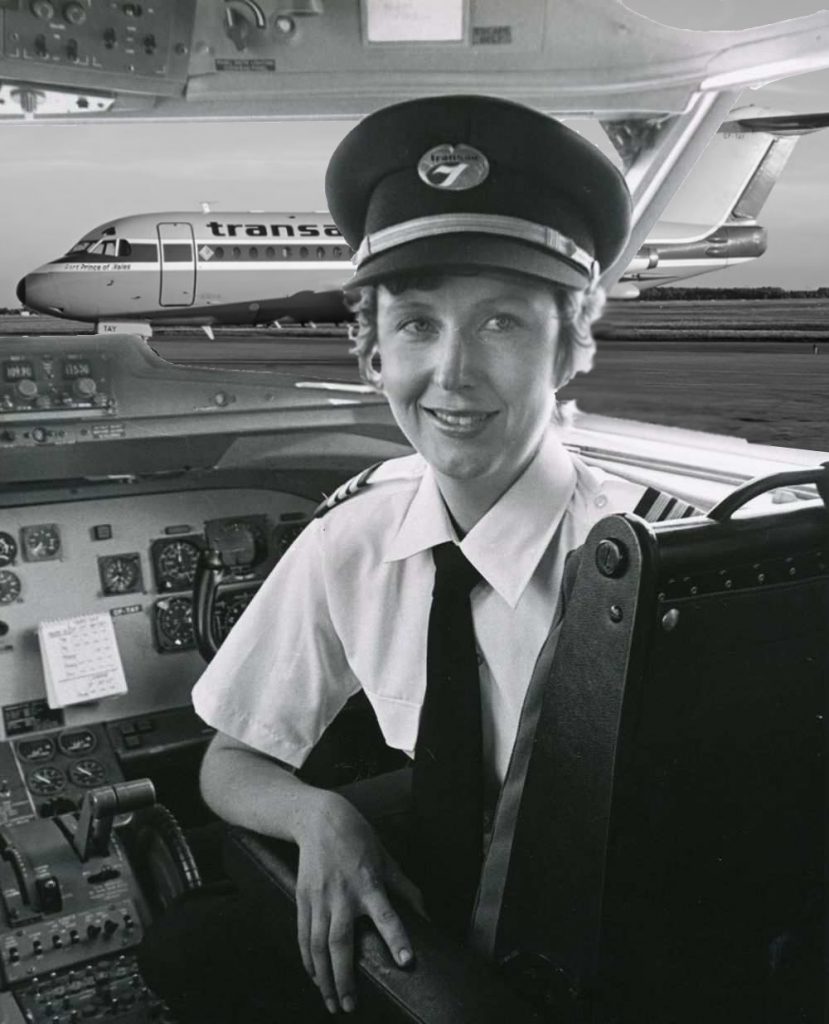
Rosella Bjornson (1947 – ) Lethbridge, Alberta
In 1973, Bjornson was the first woman to be hired by a commercial airline in Canada, making her the first female First Officer in North America. In 1990, she became the first woman promoted to Captain with a major Canadian air carrier.
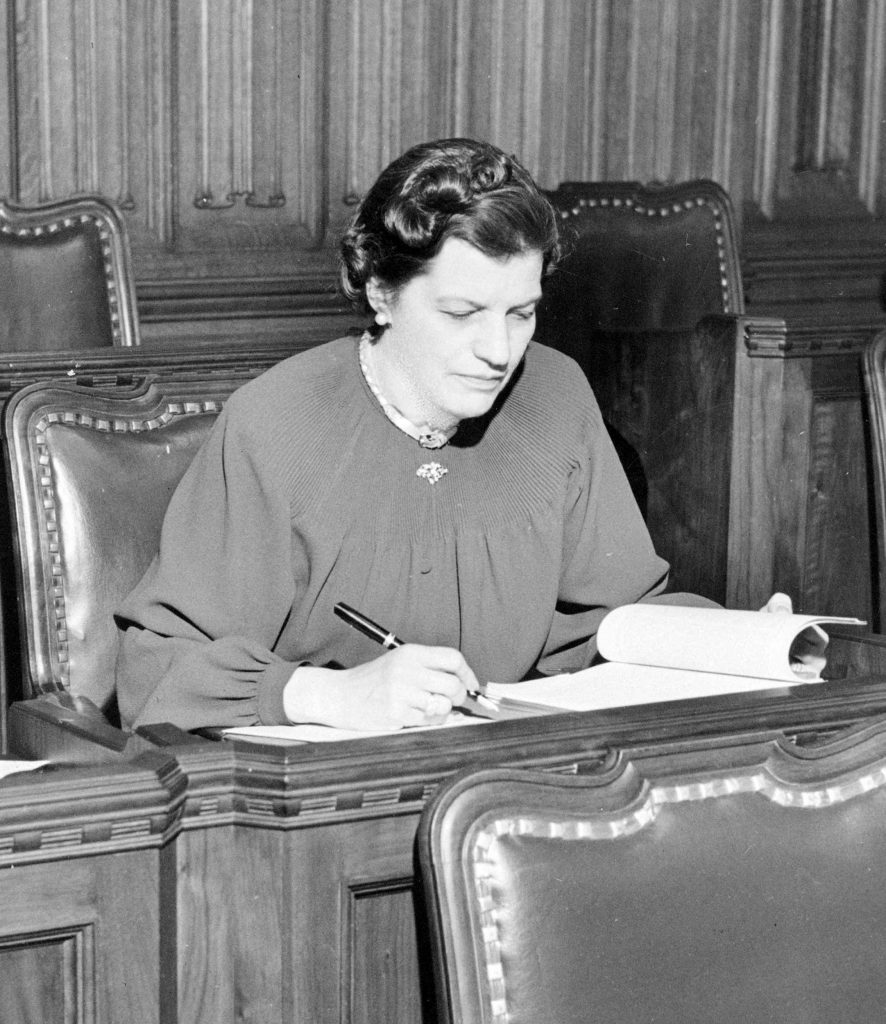
Cairine Reay Wilson (1885 – 1962) Montreal, Quebec
In 1930 Prime Minister William Lyon Mackenzie appointed Wilson as Canada’s first female Senator. She preferred to be remembered for her work to serve refugees and speak out against anti-Semitism in Canada.
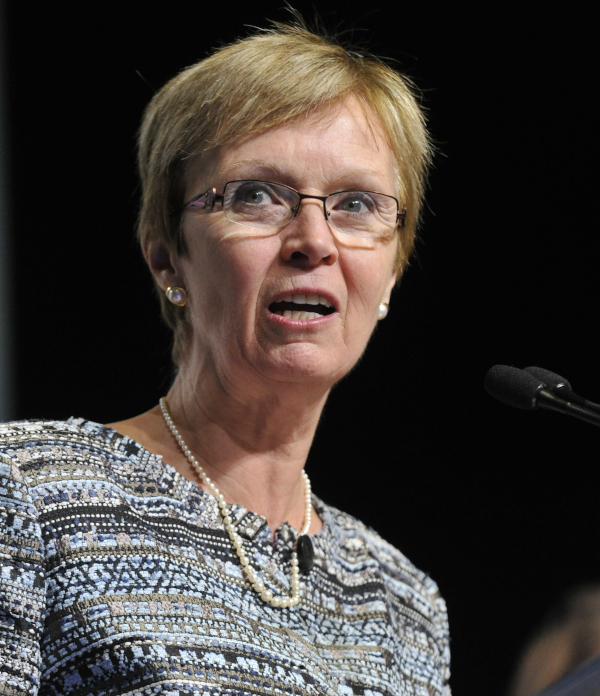
Nycole Turmel (1942 – ) Sainte-Marie de Beauce, Quebec
In 2000, Turmel became the first woman in PSAC’s history to be elected National President. She led the union in winning a $3-billion settlement against the federal government, securing pay equity on behalf of female civil servants. From 2011 – 2015 she represented Hull-Aylmer as a Member of Parliament.
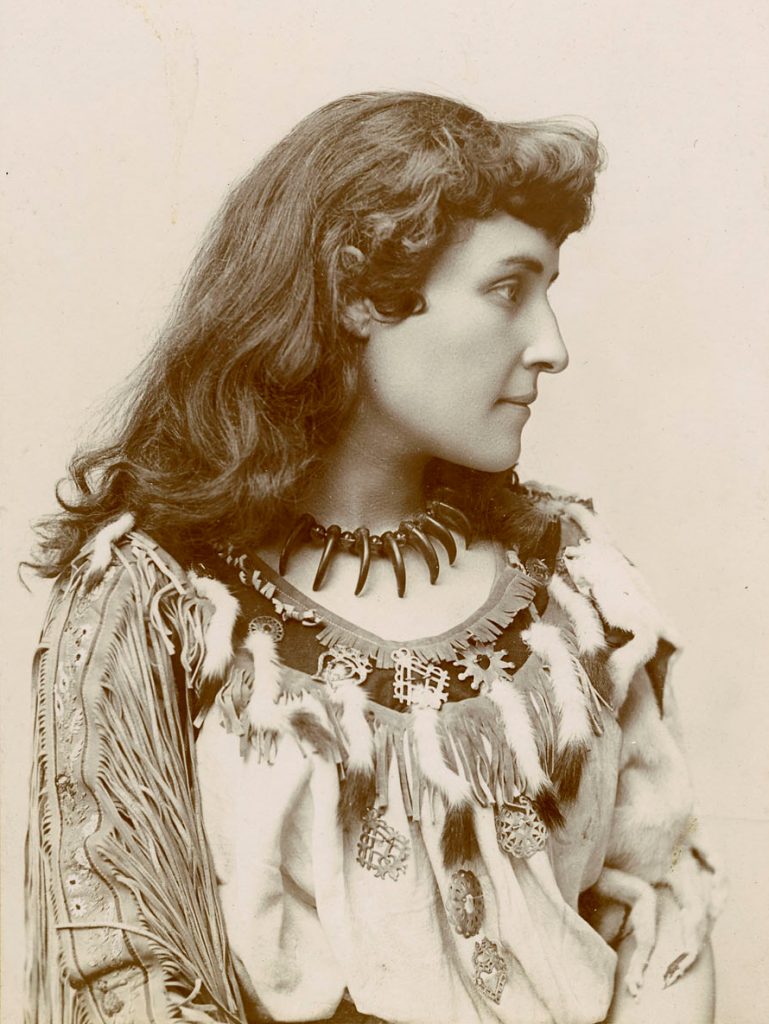
Emily Pauline Johnson (1861 – 1913)
Six Nations of the Grand River, Canada
As Canada’s first renowned Aboriginal poet, Johnson was also the first indigenous cultural ambassador. In 1961, she became the first woman honored by Canada Post on a Canadian postage stamp.
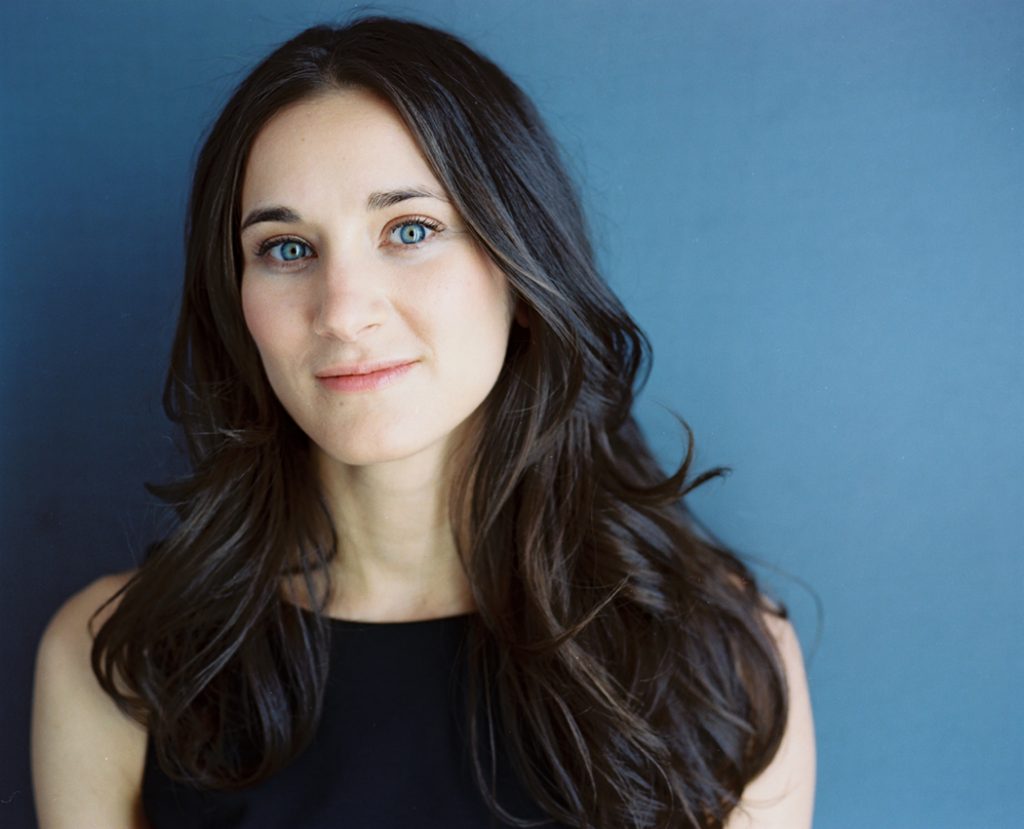
Hannah Moscovitch (1978 – ) Ottawa, Ontario
A Canadian playwright. Moscovitch rose to national prominence in the 2000s and was dubbed “an indie sensation” by Toronto Life magazine. She is best known for her plays East of Berlin, The Russian Play, and This Is War.
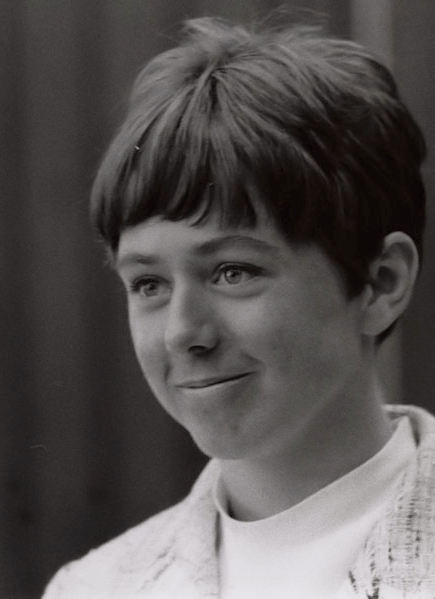
Nancy Greene Raine (1943 – ) Ottawa, Ontario
Raine won the 1967 Alpine Ski World Cup. The next year she took home Canada’s first Olympic gold medal in the giant slalom and a silver medal in the slalom as well as her second World Cup. She was awarded the Order of Canada in 1967 and named 1968 Athlete of the Year.
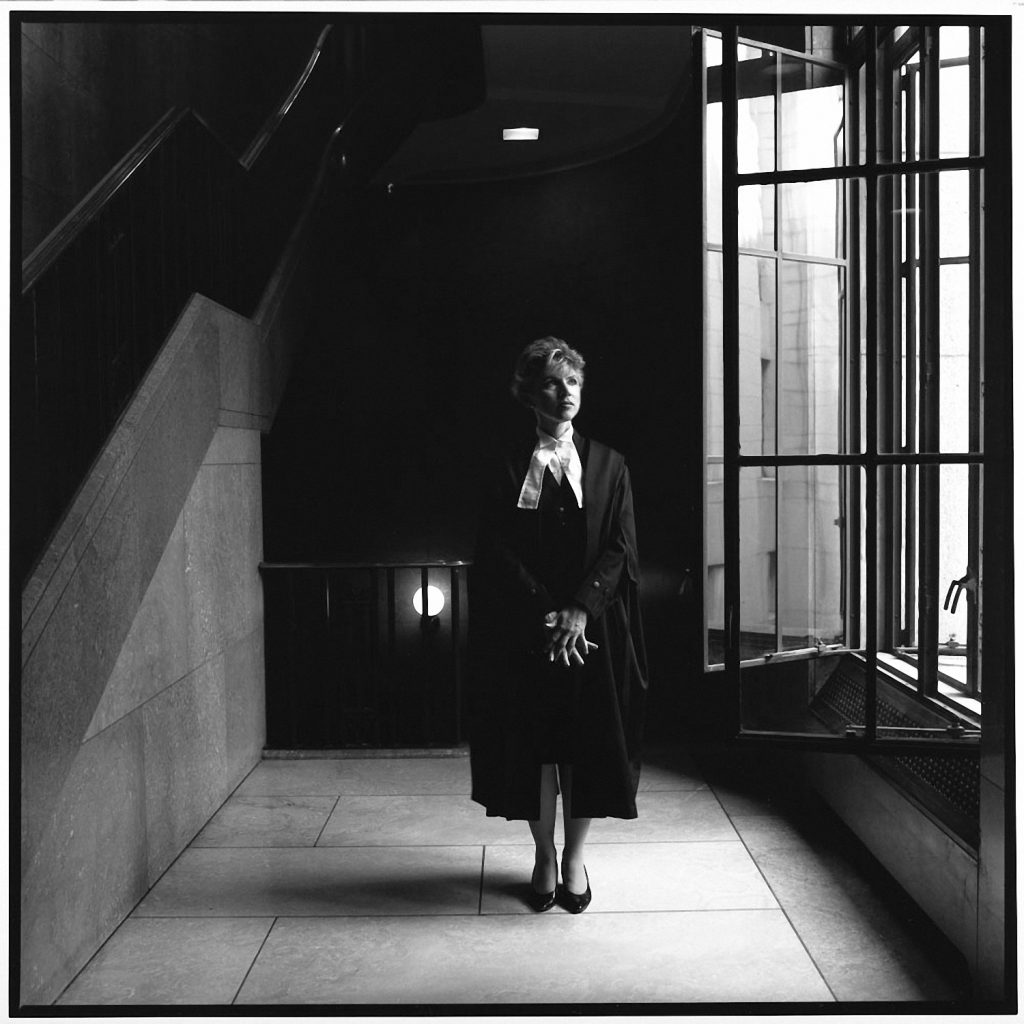
Beverly McLachlin
McLachlin became the first woman and 17th Chief Justice of the Canadian Supreme Court in 2000. She retired from the bench in December 2017, having taken a strong stand on free speech and established a reputation for independent thinking.
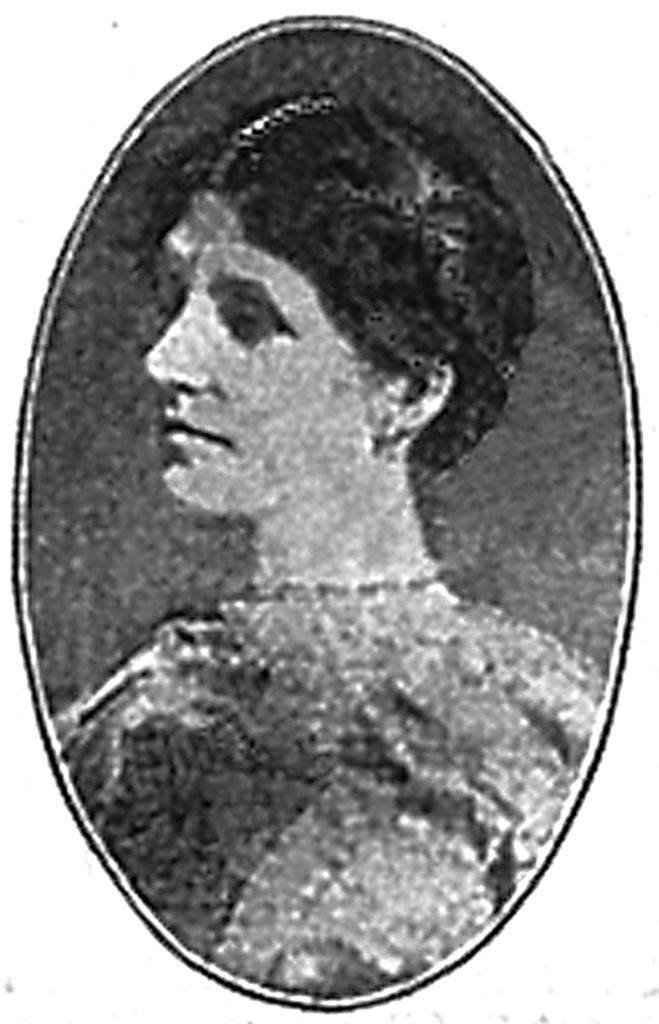
Flora Ann Campbell
Campbell was the first female officer ever hired by the Ottawa Police Service in 1913. Unarmed and not wearing a badge or uniform, Campbell’s role was to resolve conflicts without stepping into a courtroom. She focused on women charged with crimes and cases of child neglect and abuse.
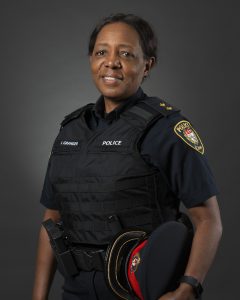
Isobel Granger
Granger was the first Black officer on an all-white police force in her home country of Zimbabwe. In 1994, she became the Ottawa Police Service’s first Black female officer and was sworn in as Ottawa’s first Black woman inspector in 2018.
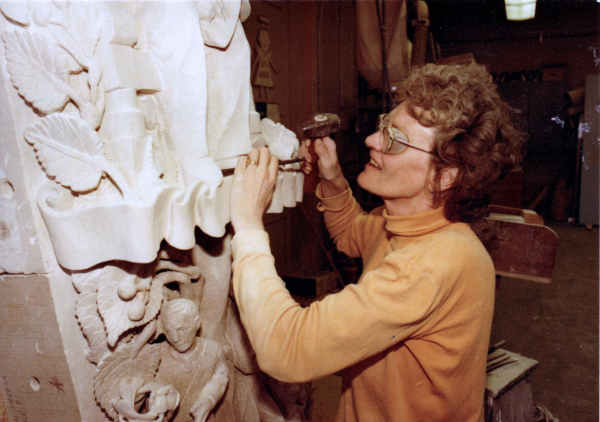
Eleanor Milne (1925 – 2014) Saint John, New Brunswick
In 1961, Milne was the first woman appointed Dominion Sculptor of Canada. Over the next 31 years, she completed numerous works on Parliament Hill, including carvings on the ceiling of the House of Commons and stained-glass windows depicting the country’s ten provinces and — at the time — two territories.
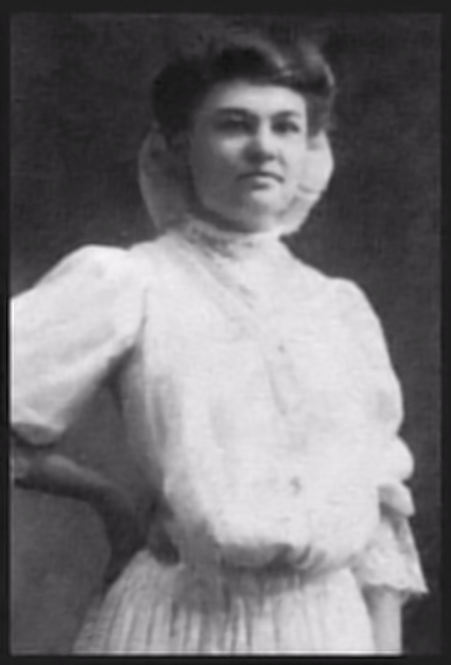
Donalda Charron (1886 – 1967) Gatineau, Quebec
While making matches for the E.B. Eddy Company, Charron became president of the Union ouvrière féminine de Hull. In 1924, she led employees in a wildcat strike. The workers won union recognition and maintained the pay and hours they had fought for in 1919, but working conditions were not improved.
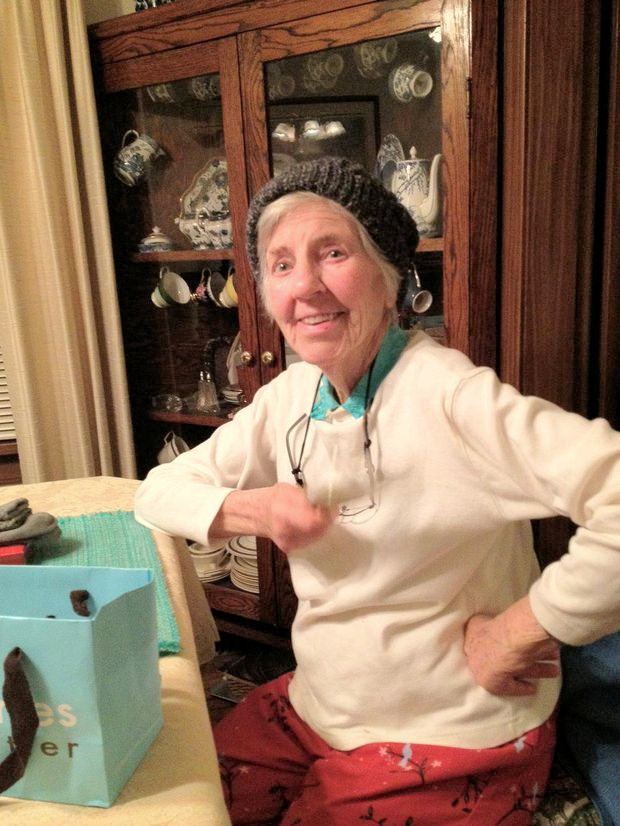
Maureen “Mimi” Mitchell Donald (1917 – 2012) Saskatoon, Saskatchewan
Deaf as a toddler, Donald was the first deaf teacher at the B.C. Provincial Jericho Hill School for the Deaf in Vancouver. Considered the most outstanding teacher of the Deaf in Canada,she was involved in the production of the Canadian Dictionary of American Sign Language.
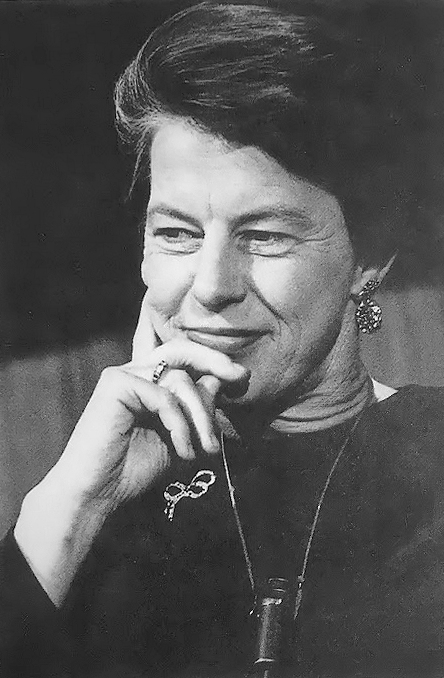
Pauline Jewett (1922 – 1992) St Catharines, Ontario
Jewett was appointed president of Simon Fraser University in 1974, becoming the first woman to head a major co-educational university in Canada. She was appointed chancellor of Carleton University in Ottawa in 1990. She was also an Officer in the Order of Canada.
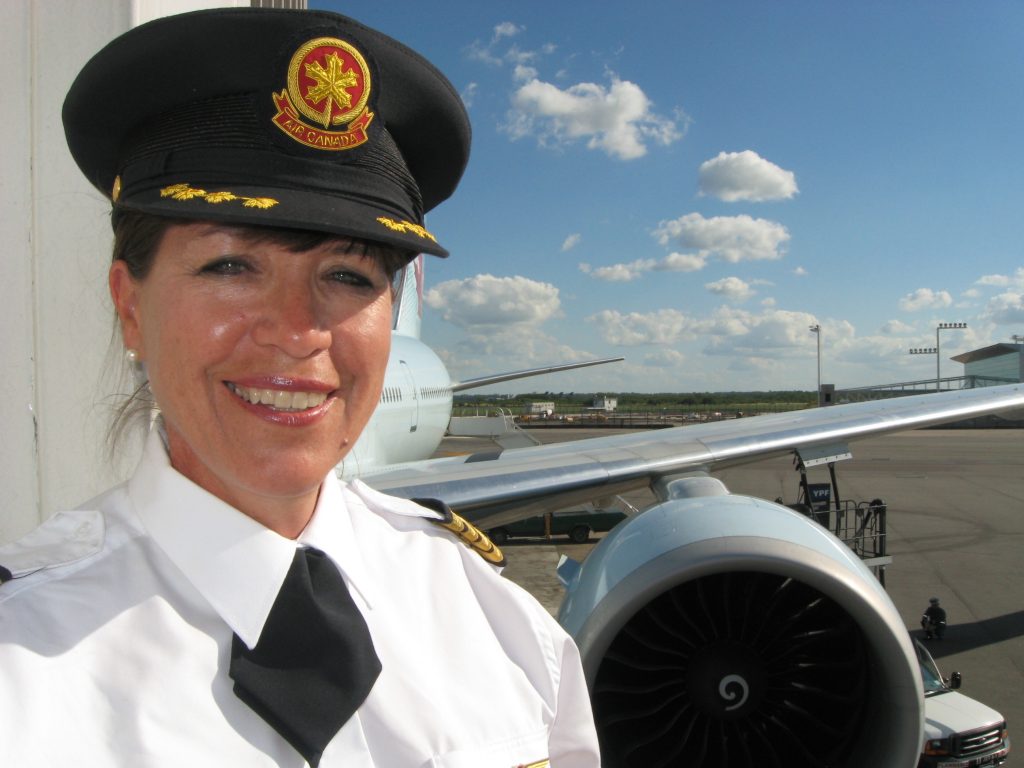
Judy Cameron (1954 – )
Aged 24, Cameron was hired as Air Canada’s first female pilot in 1978.. In 1997, she was promoted to captain and became the first Canadian woman to pilot a Boeing 777 in 2010. She retired in 2015, after a 37-year career with Air Canada.
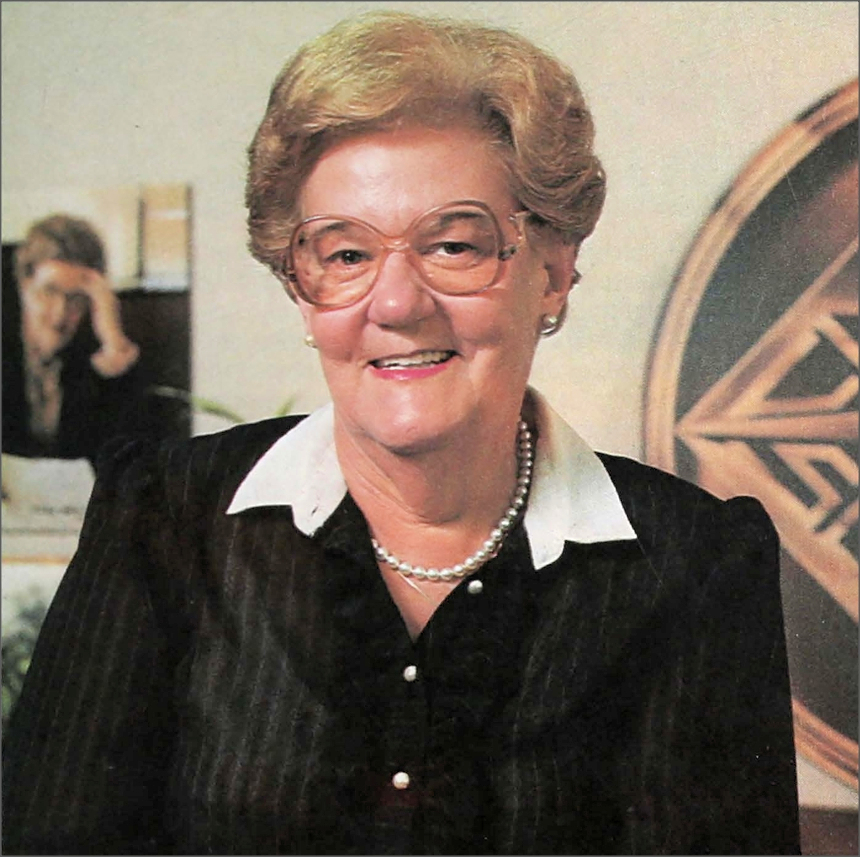
Grace Hartman (1918 – 1993) Toronto Ontario
In 1975, Hartman was the first woman to hold the top position in a Canadian Union when elected as the national president of the Canadian Union of Public Employees (CUPE).
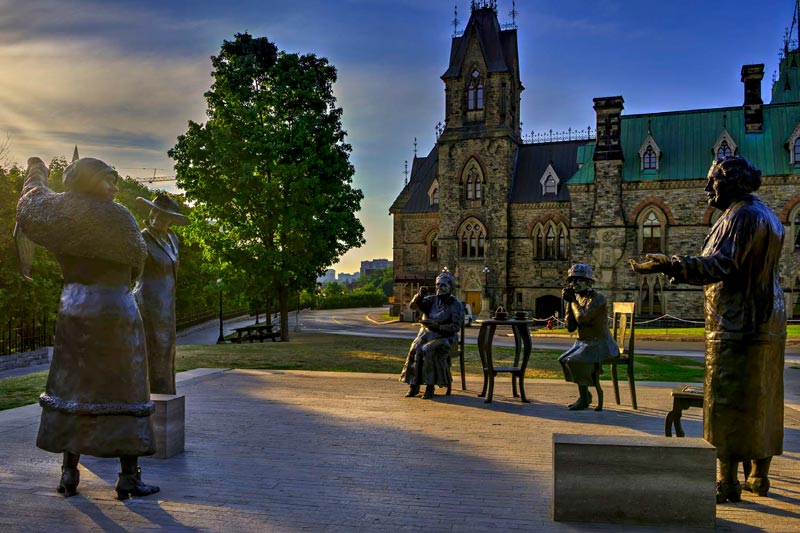
The Famous Five
The Famous Five were a group of five female social activists who challenged the constitution by asking Canada the question, “Are women ‘qualified persons’?” The group consisted of Emily Murphy (standing next to empty seat), Nellie McClung (holding the newspaper), Louise McKinney (pointing at the newspaper), Henrietta Muir Edwards (sitting and raising her teacup), and Irene Parlby (sitting and holding her hands to her face). The case would come to be known as the ‘Persons’ Case, and would take two years for the women to find victory in the judicial system. They first submitted a petition to the Supreme Court of Canada, but the court ruled in favour of the constitution. Then they took the case to England’s Privy Council, who finally declared women persons on October 18th, 1929. Over time the ‘Persons’ case case has become a pivotal turning point in Canadian women’s history, and is celebrated as a success of women’s equality. The monument on Parliament Hill, entitled “Women are persons!”, was created by Barbara Patterson. It was unveiled on the 71st anniversary of the ruling in 2000, and captures the moment that the women found out they won their case. The figures are placed at ground level and an open chair is available so that visitors can join in with the Famous Five, celebrating the success of the case, of women, and of Canada.
